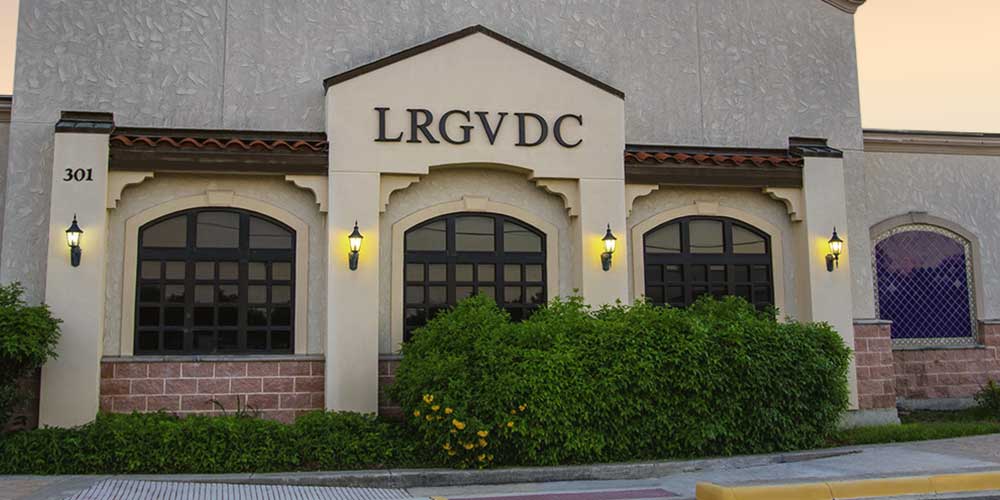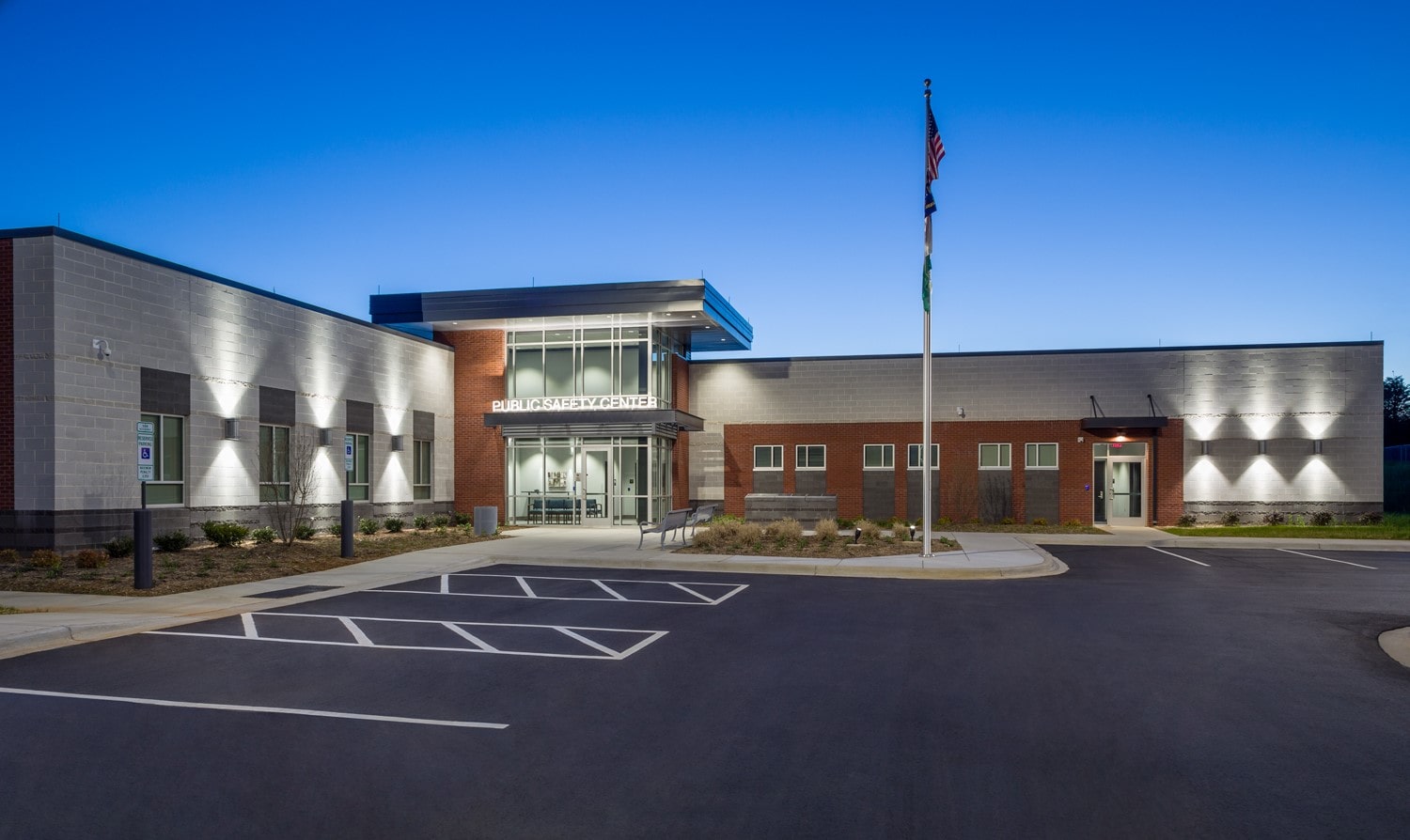MCP's Support of Iowa CJIS Helps to Make the Program 'Irreplaceable'
In Summary
- The State of Iowa Criminal Justice Information System (Iowa CJIS) is a system of systems designed to enable the integration and sharing of information between the state’s criminal justice organizations, seamlessly and securely, in real time.
- URL Integration, who became part of Mission Critical Partners in 2020, built the Iowa CJIS from the ground up and today, continue to support the program, which is providing incalculable benefits
- The program has increased the amount of information being shared across the state’s criminal-justice community and has improved the data of accuracy being sent, among other benefits








